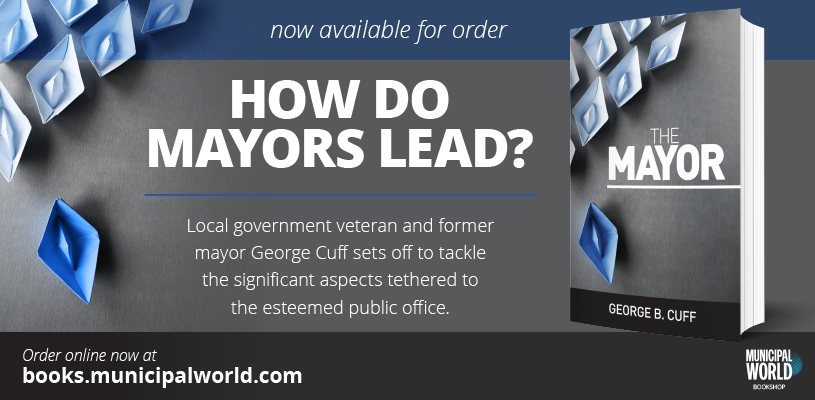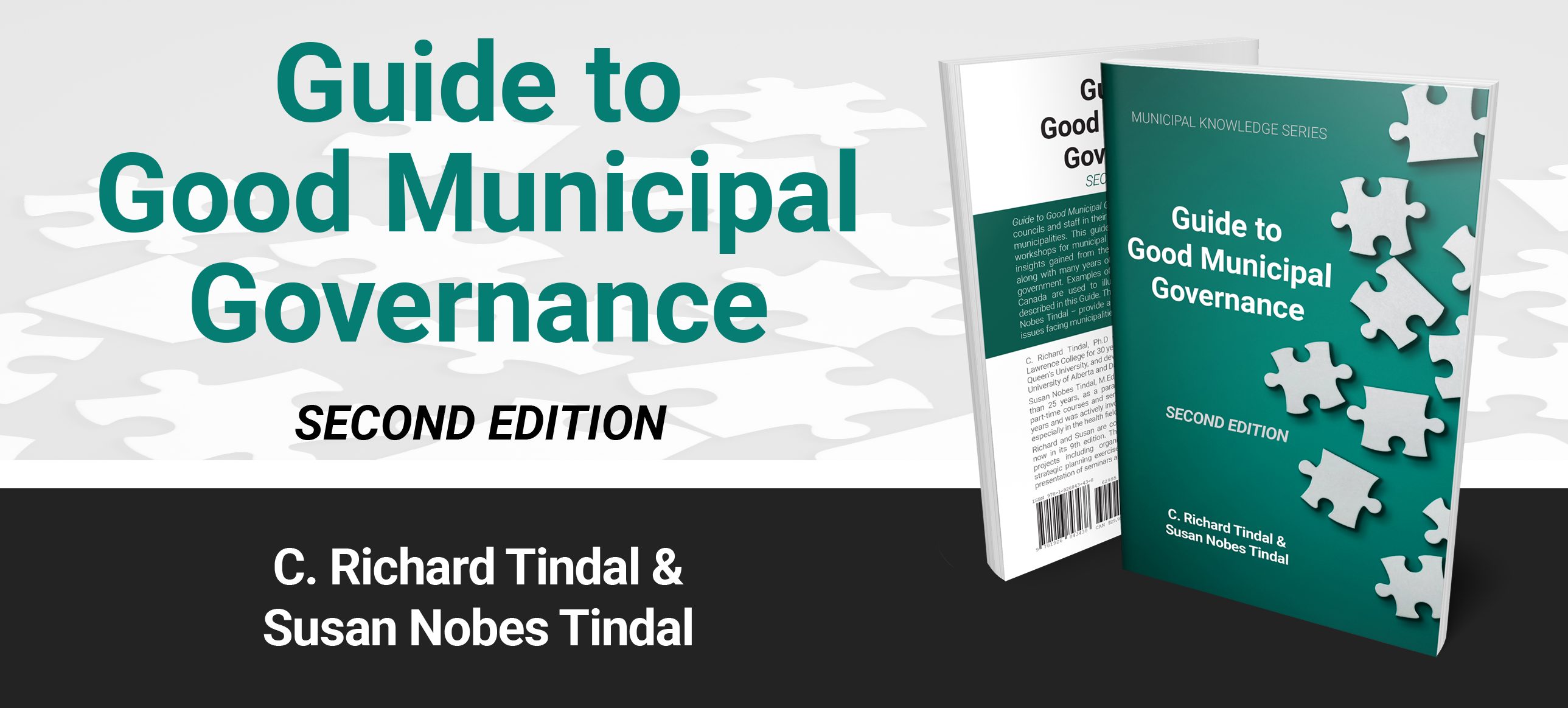Parkland: a lesson in leadership and the pace of change
 Backlight of a teenager depressed sitting inside a dirty tunnel
Backlight of a teenager depressed sitting inside a dirty tunnel
On the afternoon of February 14, 2018, Nikolas Cruz, a former student of Marjory Stoneman Douglas High School in Parkland, Florida, entered his alma mater and killed 17 students and faculty. Seventeen others were taken to hospital with injuries. What followed was an all too familiar scene of modern tragedy.
Pictures of students and staff being led single file past the strewn bodies of the victims – friends and family that laid prone on the school grounds – past a gathered throng of media, and, eventually, into the sea of desperately waiting loved ones living on the razor’s edge of terror to see if their children, brothers, sisters, and cousins would be among the fortunate few who would be counted as survivors. This is just one of the many indelible images that have somehow become common over the last two decades of gun violence; and yet, the pattern unfolded distinctly this time. As the inevitable machinery of the polarized gun debate in the United States was gearing up in familiar fashion, there was a different echo. The refrain that is most often employed by officialdom was heard again: “our thoughts and prayers are with you,” followed by the subtle political hand-check of “too soon to debate.”
But this time, it was met with something else – a chorus of anger and conviction that made it impossible to politicize the victims who just had their lives shattered. The message: it was, in fact, not too soon for the debate, but indeed, too late.
Maybe it was David Hogg, who found himself locked in a room with only a door between him and the lunatic killing his classmates – David, a student journalist, who found the focus and clarity to essentially moderate and record a debate on the very gun policies that were resulting in the nightmare a couple of feet away. It might’ve been Alfonso Calderon, who similarly rose to the occasion in the immediate aftermath of the attack and became one of the many powerful voices on behalf of students and staff – Alfonso, whose passion, resolve, and cut-to-the-bone determination stood out to an audience of millions:
“What we need is action, and we need it now more than ever because people are losing their lives and it is still not being taken seriously. I don’t know what it’s going to take … I don’t know what it’s going to take to get some people to realize this is more than just re-election. This is more than just political gain. This is more than the conspiracy theories and people trying to disqualify us for even having an opinion. This matters to me more than anything else in my entire life. And I want everybody to know: I, personally, I’m prepared to drop out of school. I am prepared to not worry about anything else besides this because change might not come today. It might not come tomorrow. It might not even come March 24, when we march for our lives down in Washington. But it’s going to happen, and it’s going to happen before my lifetime because I will fight every single day.”
It was likely the collective picture of engaged, thoughtful, and passionate children unafraid of serving their conscience while also grieving a loss on a scale that few adults would ever have to experience. Regardless of the reasons, a moment occurred in the middle of a tragedy, where the grace and dignity of school children rose above the din and provided a lesson for the adults. It was a display of perspective and a reminder that decisions have consequences. Above all, it was a lesson of leadership.
The practical skill of leading is a tricky challenge for governments that are stuck between the promises and rhetoric of politicians, and the expectations of citizens who both share and oppose those ideas. The pace of change and the double-edged sword of transparency has added further pigment to the corner government is often painted in. The speed at which discourse expectations are formed has become truly breakneck. A government that doesn’t understand this runs the risk of being perceived not just as “behind the times,” but also as not caring about the citizens they serve. The pace of change is a result of many things, but the responsiveness of technology has set a high bar of expectation – and is an example of how that change is prioritized in the current moment.
Most of the children touched by the shooting in Florida were born after the year 2000, and the way they perceive life is vastly different than their teachers or parents – a fact that provides a particular insight into what the future might hold for the institutions responsible for making decisions. For example, digital giants like Apple and Google exist in a fuzzy category where they are a commercial business that also somehow belongs in the public space. And, due to their influence and power, there has been a redefinition in how their users think the world should work. For many, government services and technological products have a similar – and significant – impact on their lives: it is a model that moves beyond customer service and into something closer to public service. The category of things that includes garbage pickup and roads now also includes search engines and the internet. With the impact being so similar, so too should be the behaviour of the entity that delivers it.
A growing number of citizens expect government programs and policy to be managed like a tool that can be quickly upgraded and patched when required. A bug in the system was found in Florida, and it wasn’t just a gun policy that has more to do with special interests than citizen wellbeing; it was also the clichéd responses to earnest questions. A patch needed to be applied in the form of an honest accounting, and when the patch failed, it did so in no small part because decision makers failed to understand something about the times they are living in. For many coming of age right now, the world is an operating system, and government is a key provider for that system – one that has always been an open platform (presumably built in a collaborative, public manner). Governments that fail to recognize the obligations of existing in that peer-to-peer infrastructure will lose the faith of their users.
History has reached an awkward transition where a generation that has grown up in a rapidly developing world is coming of age while also being governed primarily by a generation that was already in the workforce a full decade before the first mobile phone was even introduced. When gun violence shattered Marjory Stoneman Douglas High School, this difference took center stage. It wasn’t just the paradox of 16-year-old children being able to quickly and clearly illuminate the hypocrisy and callousness of lawmakers with a few words. It wasn’t just the dismissal of the tired, entrenched political lines by children more focused on serving their conscience than special interests. It was the demand for change now that simultaneously seemed to catch everyone off guard – and, yet, also make perfect sense. The kids have found a bug in the system and they’re looking to the adults for the fix. If that fix isn’t forthcoming, they just might build a new one themselves.
Rick Aitken is the author of Social Open and Big: The promise of peer-to-peer government. He is the Lead Web Application Specialist of the County of Bruce and holds a certification from the International Association of Public Participation. He is interested in how local government functions in the modern age. MW



